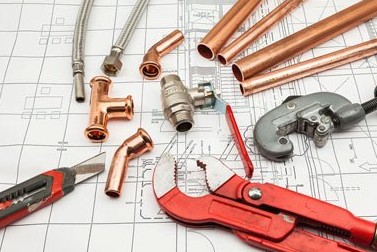Buying a house should be a rational decision. When you inspect any home, you should look for the defects as well as the advantages. If a home looks good but hides structural damage. That bargain home could turn into an expensive problem. You can identify structural damage as you inspect the house. But to be absolutely sure, it's worth hiring a structural engineer to do a thorough pre-purchase building inspection.
As you inspect the inside of the house. Walk through every room and look for signs of movement under your feet. If the floor feels spongy or springy, it could be because of damage to the house's foundation. Many older homes were built with concrete and timber foundations. Over time, the timber can rot or become infested with termites (white ants). Even newer homes can have foundation problems due to soil subsidence. A spongy or springy floor is definitely something that requires looking into.
Open and close doors and windows as you do your inspection. If windows and doors stick, it can be because the frames are no longer square. This can be an easy fix or it could be an indication that the foundation is sinking in one part of the house.
Also, take a walk around the house. If you're inspecting a brick home, look for cracks in the brick. Some cracks may be minor, but larger cracks can be a sign that the house has structural damage that can be expensive or impossible to repair.
Termite Damage
If the house is timber or part timber, look for signs of termite damage or rot. Also look around the perimeter. Termites usually gather anywhere they can find wood to eat. They then migrate underground to other sources of wood. If the yard is untidy or there are piles of wood nearby, it could be a sign of termites. When the walls have recently been painted or repaired, you may not notice termite damage or rotted timber.
If you're in any doubt, don't take a chance. The cost of a professional inspection is much lower than the cost of repairing a home with structural damage. A professional pre-purchase home inspection will be carried out by a qualified, licensed inspector. The Australian Standard for pre-purchase inspections includes:
A basic inspection will be a visual inspection only. It will not include a thorough pest inspection. But if signs of termite damage are obvious, it will be probably be included in the report. If you want a more thorough inspection. It can include plumbing, wiring and other details.
As is true of every trade, some inspectors are more professional and conscientious than others. Use a person or company that has been in your area for a long time and that offers a guarantee.

